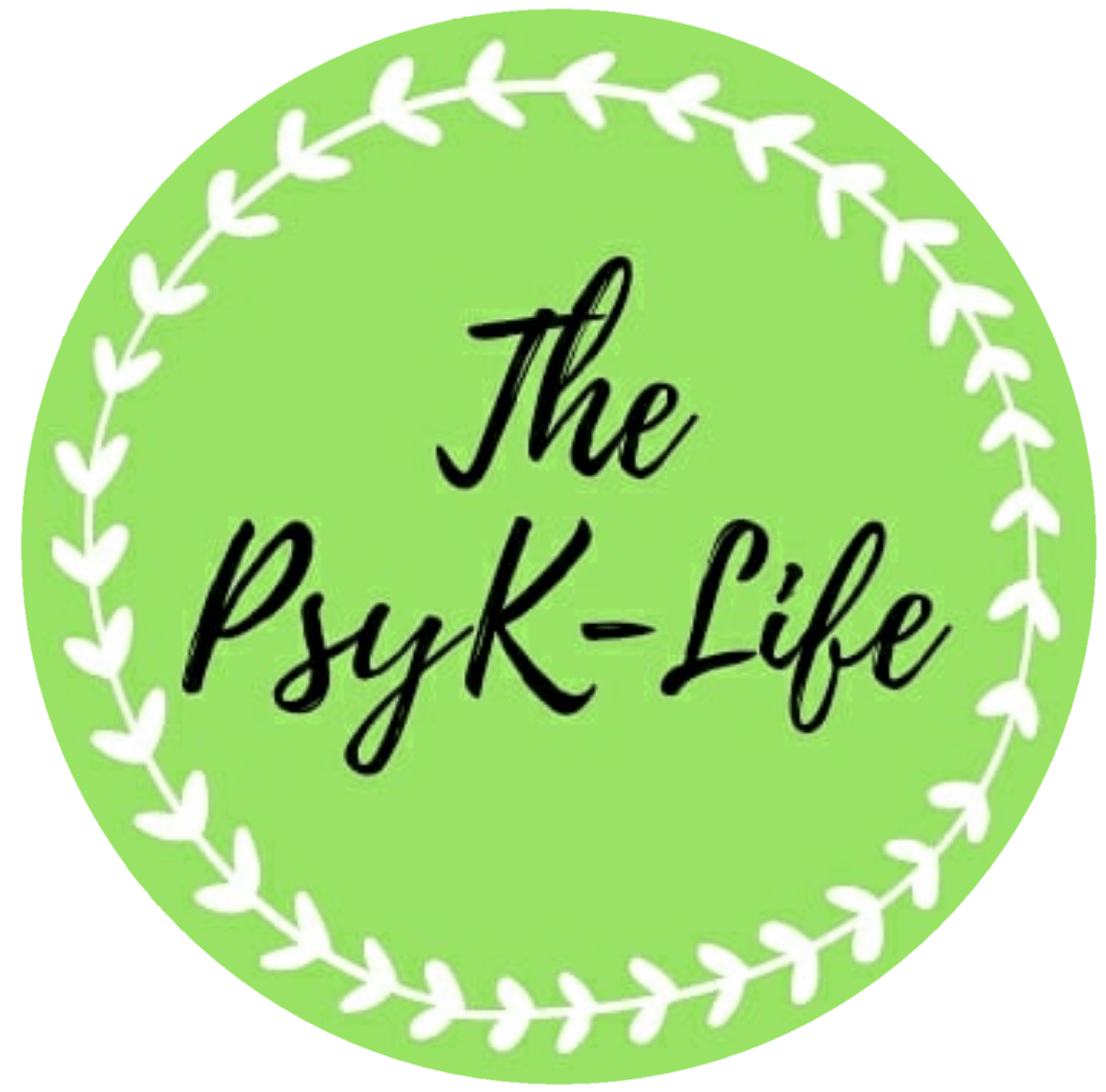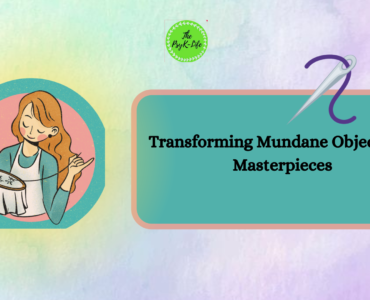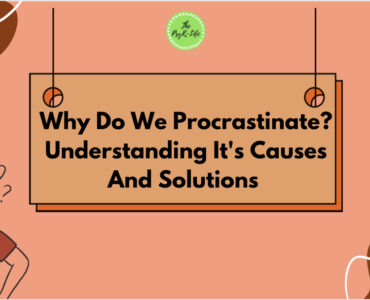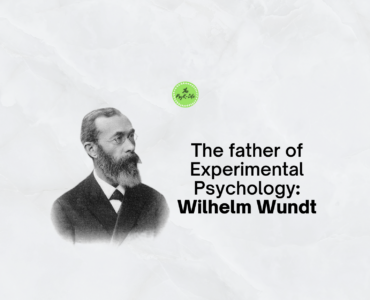Humans, being a social creature, have a strong need to belong. They form different relationships to feel loved, associated and content. These relationships are quite complicated and require appropriate management. The individuals within such connections have a strong influence on each other. Relationships are intricate, whether it’s family, friends, romantic partners or one in a formal setting. Nurturing a relationship requires love, care, emotional connection and effort. The advancements in technology and knowledge have incorporated a special element, that is, music to nurture the relationships better.

Music is a powerful element, having the ability to leave a lifetime memory into the minds of people. It leads to a sense of belonging to a group or community. When infants are constantly introduced to a particular kind of music, it gets ingrained in their mind. This music helps them to learn about their heritage, for most of the lullabies sung by parents or relatives are spiritual, folk songs and traditional beats. In general, when people are introduced to certain music, they feel heard and seen. There is a feeling of “relativity” as it’s often about human emotions and experiences. Therefore, it instills trust, empathy and relief from stress among the population.
Researches on the basis of their studies have found that music develops and enhances critical thinking, motor skills, problem solving, and emotional well being of a person. It improves the language and listening skills. It has the ability to influence mood, cognition and emotions. But the most significant feature of music is connection. Emotional connections are majorly impacted by music. It allows a person to feel free and gives them the air to express, communicate and heal.

MUSIC IN FAMILY THERAPY
Professionals of the therapy sector use music in varied ways to strengthen the relationship of members in a family. Incorporating musical activities enhances the bonding and experience of the children and their parents.
An experiment by Jacobsen, head of the music therapy program at Aalborg University and others involved children ages ranging from 5 to 12 with 19 families. Emotional neglect, social dysfunction and some delayed emotional development were common among all the families. Out of this, 9 families received the usual treatment of the place. The other 9 families acting as a controlled group ik the experiment received music therapy of about six to ten. The observations later reported that there was a higher rate of improvement in the family involving music therapy. The families shared that it was easier for them to communicate and understand their children. Changes such as less stress, more empathy were also reported.

Jacobsen remarks that musical skills are not vital for music therapy, that “the process is more important than the product.”
The further the studies went in this field, scholars noted various elements to be positively affected by the music.
Music Therapy contributed in promoting:
- Better communication
- Strong bonding
- Emotional expression
- Positive attachment
Music helps in providing opportunities for family members to come together, form strong connections and a good understanding of each other’s feelings and requirements. It helps in decreasing the stress among parents. With a positive influence on cognitive, social and emotional skills, therapists claim it to be a good intervention method for the same.

The musical activities among families can work as a projection of their usual communication patterns. This would help the therapist in understanding the areas of issues and need for an improvement. It helps them to share their thoughts and feelings, and becomes a mediator to explore and express better. Music helps in improvisation and allows the members to understand each other’s needs better. The therapist may include instrument playing, songwriting, etc to facilitate the sessions. Providing such a safe place for family members would help them come out of their shell and empower their self esteem. They can create new memories using music in the therapy itself.
MUSIC IN COUPLE THERAPY
Many couples in a relationship feel secure, validated and full of love. They experience positive interaction and intimacy. It provides an opportunity for them to grow together and create something valuable. But oftentimes, the relationship gets complicated and it becomes difficult for both the parties to find a solution to their issues. These ups and downs in a relationship causes stress and burn out in both the individuals, leading to a deterioration in the bond. The same applies for married couples. There are various factors which may decrease the communication and interaction between two people in love having a relationship, and it magnifies the negative experiences more.

Music intervention in couple therapy provides couples the opportunity to communicate and understand each other better. It positively impacts their self reflection, emotional expression, empathy and enhances the quality of bond they have. Imagine a couple had a small argument and when they are separately working on something, they come across some song. Since humans try to relate often, the partners might start thinking of each other. Or in the other case, if it is a song that signifies something special in their bond, they might acknowledge their mistakes or make a pact with the happenings.
(a) each partner’s interest in and knowledge of the other’s psychological world;
(b) fondness and admiration; and
(c) a tendency to turn toward one another during positive, as well as negative or struggling times.
Music interventions try to work on the above mentioned aspects to enhance the relationship between a couple.
Musical Techniques to apply for effective improvement:
- Drumming
This technique had been adapted from Hilliard, 2006; Slotoroff, 1994. Here, one of the members is allowed to have a drumstick and given 3 minutes to share their thoughts and communicate with the others. The therapist then moves on with having the other people reflect back on what they just heard taking 3 minutes. Same process is repeated, switching the roles the next time. This activity can be conducted using other musical instruments as well.

- Body Music
This has been adapted from Farrelly & Joseph, 1992. Here, each member gets to express themselves and their concerns to the other partner with body movements, music notes, humming, sounds. The counsellor has to give them a time limitation and specify boundaries.
3.Communicating through lyrics
Here, the members are asked to look up for a song, the entirety including the lyrics of which described their experience of the relationship the best. The counsellor asks them to either play the song, or for the others to read along. Which further follows a discussion over it.
4.Instrumental communication
This has been adapted from Hilliard, 2006. In this technique, the counselor set up a station with various musical instruments such as guitar, keyboard, flute, harmonica, drum, etc. They ask the members to use the instruments in expressing their relationship or to communicate one at a time through the use of any one of them.

Conclusion
In conclusion, it is apparent that music has not only been limited to a source of entertainment, but is also a significant tool in the sector of counselling and therapy. The use of music interventions in the health sector promotes enhancement among the people and provides them a medium to express themselves better and also help in effective communication.
By- Devonita




